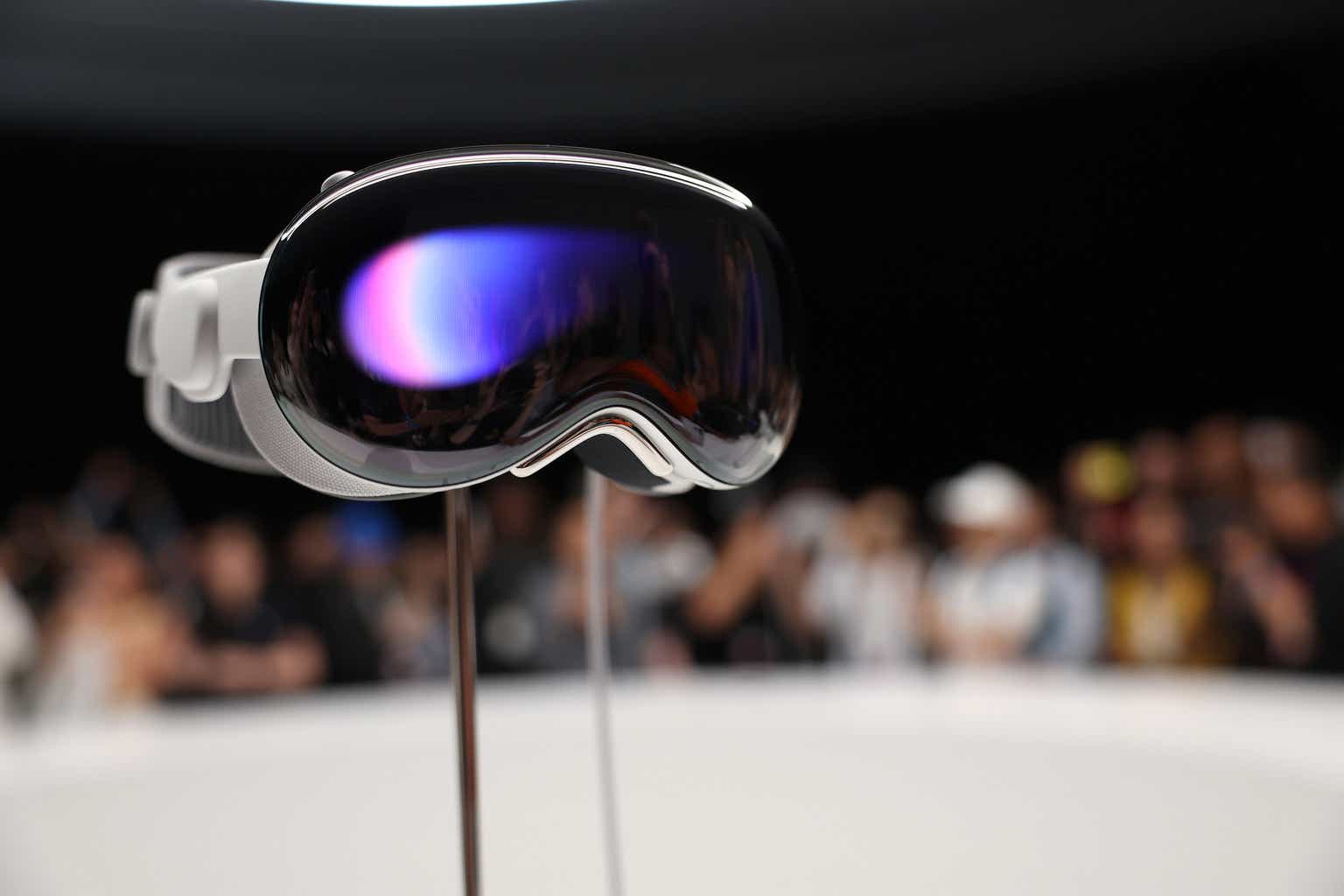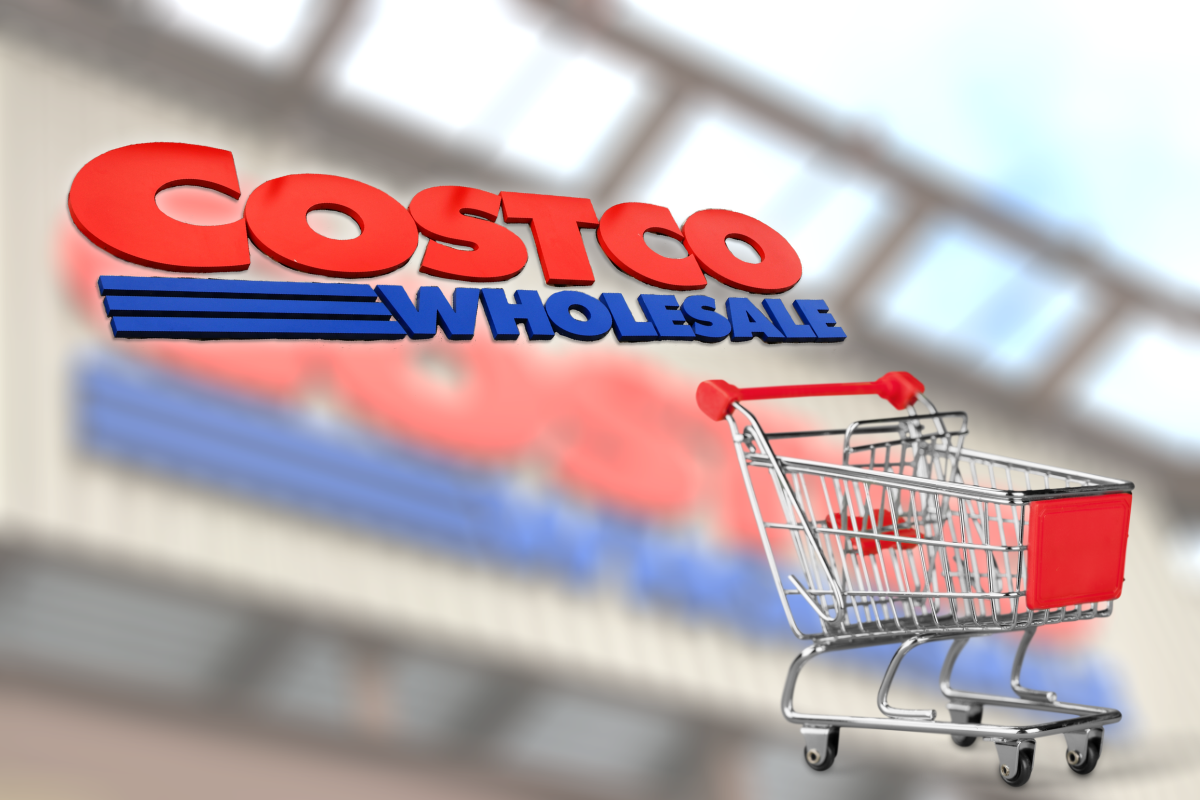The Core Of United States V. Apple (NASDAQ:AAPL) – Technologist
A frivolous lawsuit? For me? Justin Sullivan
Disclaimer
- I am not a lawyer.
- I am not a lawyer.
- I am not a lawyer.
Now that that’s out of the way…
What’s the Relevant Market?
I am not an antitrust lawyer, or any other kind, but one thing I do know about antitrust cases is that the first thing the plaintiff has to do is define the relevant market that is being monopolized. For example, in United States v. Google (GOOGL) (GOOG), they have a ~90% share of U.S. search, and that is an arguable monopoly on search engines. Everything else flows from what the relevant market is.
Sometimes facts are not that helpful, so the plaintiff has to shave down that relevant market to something more agreeable to their case. For example, in Epic v. Apple Inc. (NASDAQ:AAPL), Epic argued for a relevant market of “iOS apps,” which of course Apple has a 100% U.S. market share in. Apple wanted “gaming,” writ large. The court did not buy either of these, and defined the relevant market as “mobile gaming,” where Apple does not have nearly 100% share.
In United States v. Apple, there are 2 relevant markets: “performance” smartphones, and the broader smartphone market. From the complaint:
181a. In the U.S. market for performance smartphones, where Apple views itself as competing, Apple estimates its market share exceeds 70 percent.
181b. These estimates likely understate Apple’s market share today. For example, Apple’s share among key demographics, including younger audiences and higher-income households, is even larger.
181c. Even in the broadest market consisting of all smartphones—including many smartphones that Apple and industry participants do not view as competing with Apple’s iPhones and other higher-end phones— Apple’s share is more than 65 percent by revenue.
I broke section 181 down into 3 parts
- 181a: Will a court buy this shaving off of cheaper smartphones? The government never draws a line to say these don’t count. The $429 iPhone SE is problematic for their claim, so they will have to draw the line lower than that. The government does an awful job of defining what makes a “performance” smartphone, except that they are better. Moreover, earlier in the complaint, the government claims that Apple views themselves as also competing with $25 garage sale phones, but now in this section they only compete against Android flagship. The government will have to prove that Apple attained this share illegally, and is 70% really a monopoly?
- 181b. I’ve read those two sentences a dozen times, and they make no sense when taken together. The second sentence is true, but the first sentence is not a consequence of it.
- 181c. Here’s the real meat of it, because I think the government will likely have to fall back on the entire smartphone market. Note they switch from units metrics in 181a to revenue here, because otherwise it is less friendly to them. Also, is 65% a monopoly?
I think the government has an uphill climb:
- Creating two smartphone markets when Apple has phones ranging in price from $429 to $1599 seem like it’s going to be tough.
- The government is going to have simultaneously argue that Apple is afraid of competition from much cheaper phones, and also that we should ignore these phones for the relevant market.
- Even so, is 70% a monopoly? Microsoft (MSFT) had 90%+ for PCs at their trial. Google has around 90% of search for their trial. This muddies the waters. This places an extra burden on the government lawyers.
- Proving that Apple’s share is a result of illegal activity, and not high customer satisfaction in the 90%+ range is an uphill climb. If the judge owns an iPhone, they will know that.
- If the court defines the market as US smartphones, do they get to start counting in dollars, not units?
- Even so, is 65% a monopoly?
Government lawyers have a much tougher job than Apple lawyers.
The Upshot
I’m not going to bother with the rest. If the government can get over that substantial hurdle and narrow the market, then Apple Inc. may have issues, and be restrained from doing business in the manner they like — controlling all aspects of the user experience, because they think no one else cares as much as they do.
I do not think they will get over that hurdle; it is too high. They will have to fall back on the broader smartphone market, which is why they put both in. There, the case for monopoly is much weaker, and this shows with the switch to revenue metrics. I think even with the narrowly defined market, the government has an uphill climb to prove that people buy iPhones for reasons other than they are better than alternatives.
Frankly, this stinks of election-year posturing. Activists on both sides of the aisle have been begging for the government to “do something about Big Tech,” and this is definitely something.
At Long View Capital we follow Apple and other companies that are forging the future of business and society. Long View Capital provides deep dives written in plain English, looking into the most important issues in tech, regulation, and macroeconomics, with targeted portfolios to inform investor decision-making.
Risk is a fact of life, but not here. You can try Long View Capital free for two weeks. It’s like Costco free samples, except with deep dives and targeted portfolios instead of frozen pizza.



